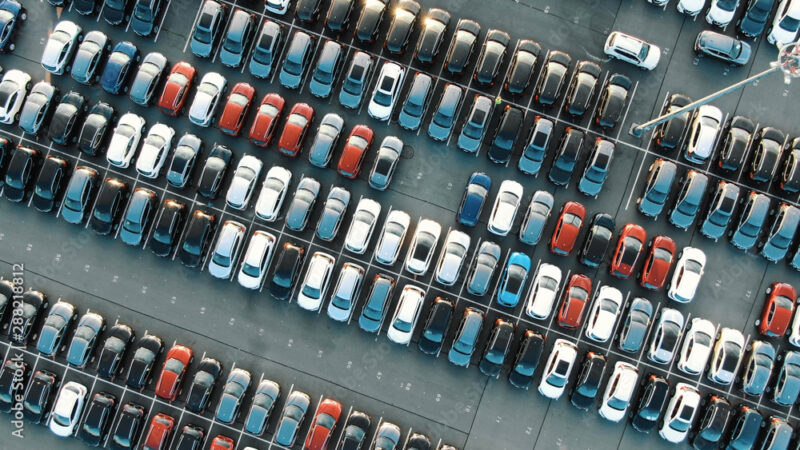Electric vehicle (EV) owners, particularly those driving Tesla cars, are facing challenges in cold weather, emphasizing the importance of winter preparedness. Reports from the Chicago area reveal that EV owners endured lengthy waits at charging stations due to heavy snow, freezing rains, and sub-zero temperatures caused by Arctic storms affecting the U.S.
Complaints include spending hours in line for charging, only to face additional waiting time for the actual charging process. In Evergreen Park, Illinois, Marcus Campbell expressed frustration, stating, “You have to come up here, wait two hours to get into the charger. They tell you it’s fast, but then it takes two hours to charge your car.” Some EVs reportedly ran out of power while waiting, with some even being towed from the charging queue.
In Skokie, an hour away from Chicago, a station with 20 Tesla Superchargers remained full for much of the day as Tesla owners waited for an available plug. Similar charging issues were reported in other Illinois villages like Rolling Meadows.
The impact of cold temperatures on charging efficiency is notable, with research from the Idaho National Laboratory suggesting that charging can slow by up to “three times” in cold weather. Cold conditions lead to a reduction in EV driving range, with about a 20% decrease in cold weather, and the loss can be as high as 41% when interior heating is activated, according to the Norwegian Automobile Federation and AAA, respectively.
The situation highlights a learning curve for EV owners, as Patrick Olsen, Editor in Chief of Carfax.com, notes, “I think EV owners are discovering for the first time, and it’s what gas car owners knew decades ago, that when it gets really cold, you don’t want to get too low on your power supply.”
Offering solutions, Recurrent, an EV battery data startup, recommends minimizing the use of energy-intensive features, such as heated steering wheels and seat warmers, to stay warm while preserving charge. Additionally, they suggest keeping EVs plugged in with a charge limit of 70% to 80% in colder conditions.

